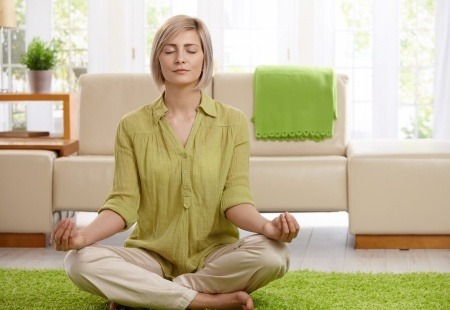Among the most coveted and used
modern day inventions, air conditioning has come a long way since its inception, with advancements
by scientists and inventors carrying it along from blowing air across
compressor-generated ice blocks to cool rooms, to the Energy Star rated central
air conditioning systems available at your local air conditioning company today. What did the great minds of our time turn today's
air conditioning systems into?
A modern marvel
Cooling you off in summer’s most unforgiving temperatures, 80% of home owners now rely on air conditioning – mostly central. This feat of engineering offers comfort essential to quality of life. But not many understand its function.
Cooling you off in summer’s most unforgiving temperatures, 80% of home owners now rely on air conditioning – mostly central. This feat of engineering offers comfort essential to quality of life. But not many understand its function.
The “split” system
Split systems, the most commonly used central heating and cooling units such as systems by Bryant air conditioning and heating, operate much like your refrigerator. Rather than an insulated icebox, however, your home’s walls contain cooled air. How is this air cooled? Science and mechanics.
Split systems, the most commonly used central heating and cooling units such as systems by Bryant air conditioning and heating, operate much like your refrigerator. Rather than an insulated icebox, however, your home’s walls contain cooled air. How is this air cooled? Science and mechanics.
The cooling concept
Utilizing principles of physics, air conditioners take advantage of a process called “phase conversion,” in which when liquids are converted to gas, they absorb heat. Using special chemical compounds – refrigerants capable of changing at relatively low temperatures - central air conditioners complete the conversion process over and over in a closed system – your A/C’s serpentine coils – funneling warm interior air over them to condition it to a cooler temperature, then distributing it via ductwork.
Utilizing principles of physics, air conditioners take advantage of a process called “phase conversion,” in which when liquids are converted to gas, they absorb heat. Using special chemical compounds – refrigerants capable of changing at relatively low temperatures - central air conditioners complete the conversion process over and over in a closed system – your A/C’s serpentine coils – funneling warm interior air over them to condition it to a cooler temperature, then distributing it via ductwork.
Phase conversion in action
To complete phase conversion – and deliver cool, conditioned air through your home, the cooperative effort of a gaggle of components is necessary.
To complete phase conversion – and deliver cool, conditioned air through your home, the cooperative effort of a gaggle of components is necessary.
- The indoor cabinet
Fans blow air across your indoor unit’s evaporator coil, transferring heat to the outside air by carrying it to the outside cabinet via refrigerant in the coils. - The outdoor cabinet
Once heat energy is carried to the outside unit’s condenser coil by the refrigerant, the refrigerant is pumped back into the compressor, thus beginning the cycle again. What happened to the heat? It was moved outside when the cooled air was blown in, as was any moisture via condensation (hence the name “condenser” coils). - Other major components your central air conditioning system relies on include…
- The blower (fans)
Which distribute air over the coils to improve heat dissipation and distribute them to the rooms being cooled. - The expansion valve
For controlling refrigerant flow. - The thermostat
Which regulates operation by monitoring air temperature. - The filter
To removes airborne particles that can reduce air movement and clog system components. - Drains and moisture collection pans
For reducing humidity in indoor air and the moisture that is a natural by-product of temperature reduction.
Looking
for a new air conditioning system for your home? From central air conditioners
to the latest ductless A/C technology, H&H Heating and Air Conditioning Company has you covered, with quality products and installation
services you can trust. Contact us today.




